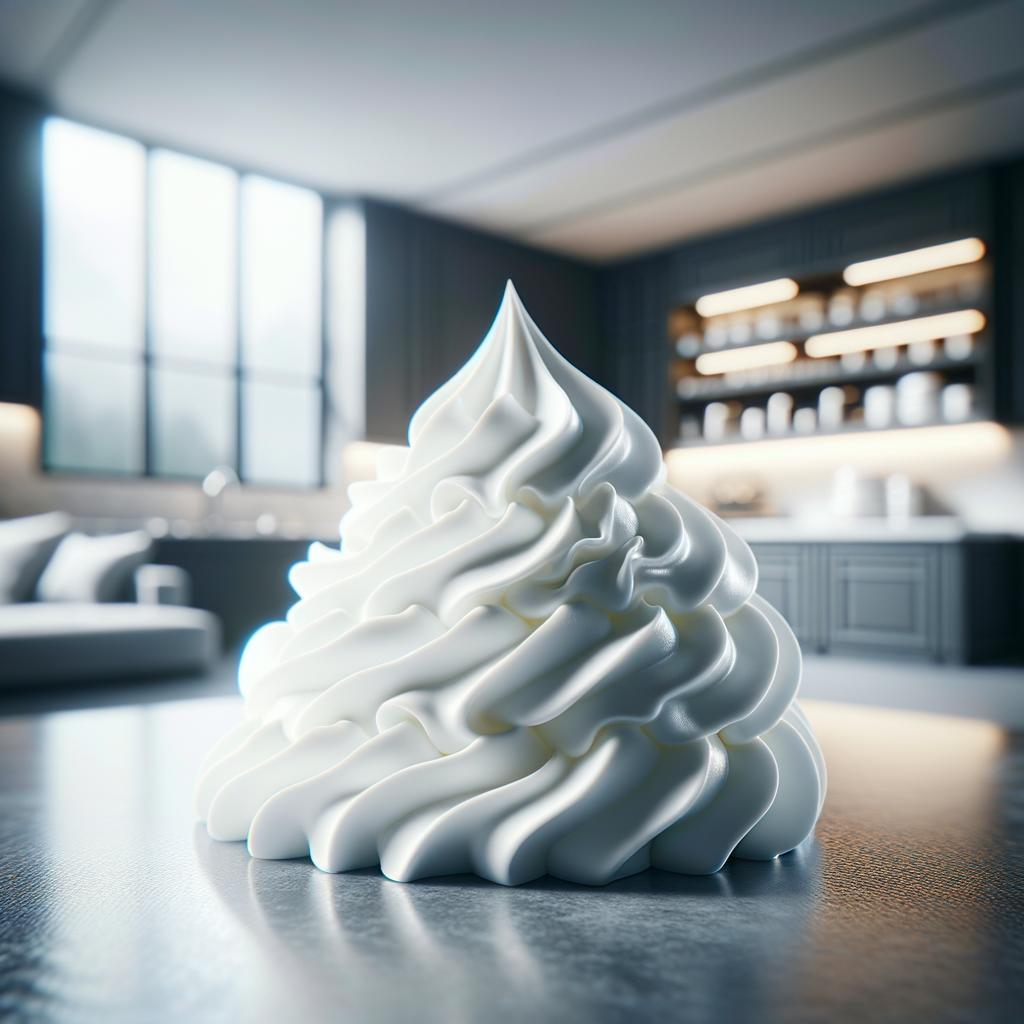Whipped Cream

Description Whipped cream, a delightful culinary marvel, is a cloud-like confection that melts in your mouth. It is a fluffy, airy, and smooth ingredient, often adorned on top of a variety of desserts. Its color is pure, pristine white, reminiscent of fresh winter snow. The texture is light and creamy, with a delicate softness that can only be compared to a gentle caress. The flavor profile of whipped cream is subtly sweet and lusciously rich, a taste that dances on the tongue and leaves a lingering hint of vanilla, transporting you to a world of culinary delight. Its unique characteristic lies in its ability to transform a simple dessert into an extraordinary one, adding an element of sophistication and elegance.
Primary Uses Whipped cream is a versatile ingredient that is commonly used in a myriad of culinary applications. It is a key component in various cuisines, from the French Chantilly cream in pastries to the Austrian Schlagobers in Sacher Torte, and the British clotted cream on scones. It graces the tops of hot chocolates, is folded into mousse, and is the crowning glory of pies, cakes, and ice creams. Beyond its culinary uses, whipped cream is also used in certain cultural celebrations, like the Swedish Midsummer, where it is traditionally used in strawberry cakes.
History The history of whipped cream is as rich and delightful as the ingredient itself. It dates back to the 16th century, where it was first mentioned in Italian and French recipes. The French name 'Chantilly' came into existence in the 17th century, named after the Château de Chantilly, a grand castle where lavish feasts with whipped cream desserts were common. Over time, the use of whipped cream has evolved and expanded, becoming a beloved ingredient worldwide. There are even legends that tell of how the Greek God of pleasure, Dionysus, was a fan of whipped cream, using it in his heavenly feasts.
Nutritional Information While whipped cream is a treat to the senses, it is high in fat and calories. However, it also contains a good amount of calcium and vitamin A. In moderation, it can be part of a balanced diet. Compared to other toppings like frosting or buttercream, whipped cream is lighter and contains fewer sugars. It's a reminder that sometimes, the simplest ingredients can bring the most pleasure, connecting us to the rich tapestry of culinary history and culture.

